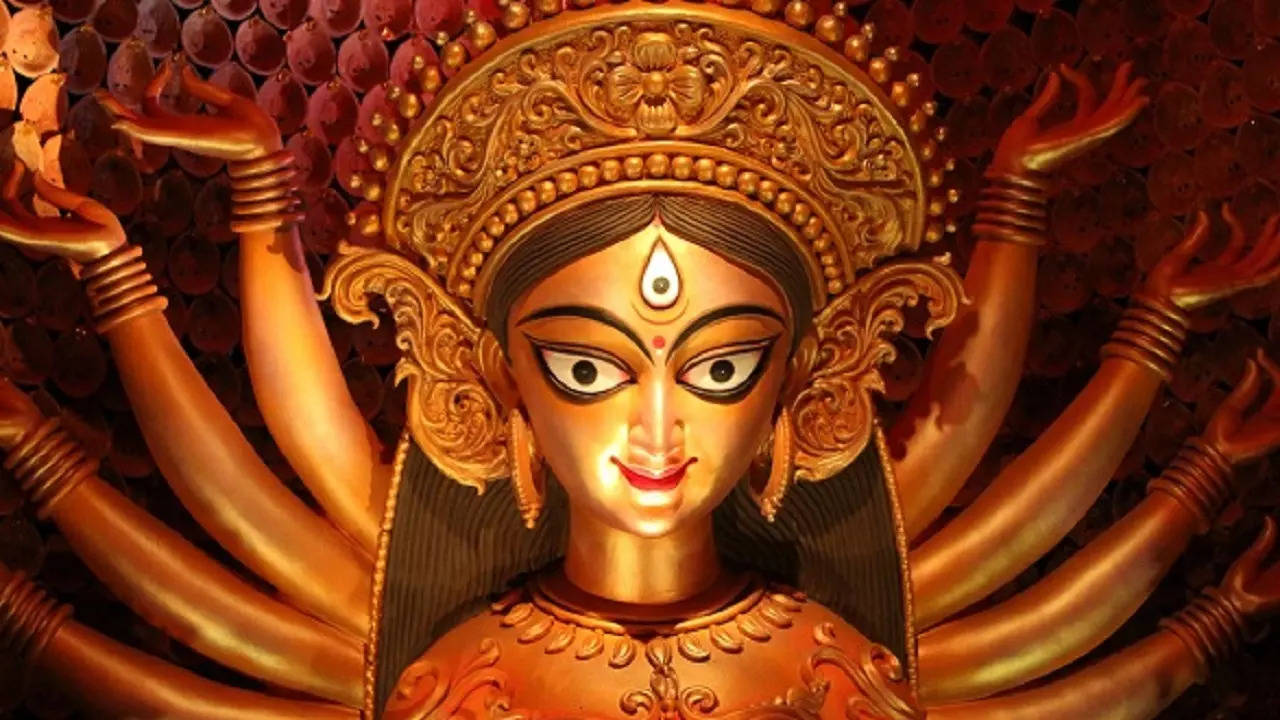Ashadha Navratri Vrat Niyam: Check out the dos and don'ts of fasting
Navratri is interestingly celebrated during seasonal change; therefore, people observe a fast to avoid health issues as the weather changes. Devotees fast for nine days and follow a set of rules. Therefore, ahead of Ashadha Navratri, read on to learn the vrat rules or niyam.

Ashadha Navratri Vrat Niyam. Pic credit: istockphoto
Navratri, the nine-day-long festival dedicated to Goddess Durga, is one of the most important festivals in the Hindu calendar. Devotees pay an ode to the Mother Goddess, who represents the feminine power. Interestingly, those who hail from the Shakti sect celebrate Navratri four times a year, of which two (Vasanta and Sharad) are also popular among the masses. And the two lesser-known Navratris - Magh and Ashadha - are referred to as Gupt Navratri. Magh falls in the Gregorian months of December/January, while Ashadha concurs with the Monsoons in June/July. And the latter is just around the corner. Therefore, click here for the Ashadha Navratri 2022 dates and scroll down to know the vrat rules.
Interestingly, one may observe that Navratri is celebrated during seasonal change, and therefore, people observe a fast to withstand the changes in the weather conditions. Fasting methodically helps devotees adapt to the changes. Moreover, it allows individuals to connect better with their inner selves.
Therefore, ahead of Ashadha Navratri, read on to know the vrat rules.
Navratri Vrat Rules
Dos
Assess your health condition and consult your doctor if you are undergoing treatment/under medication before fasting. Only proceed if you are medically fit.
Maintain celibacy. Interestingly, Navratri is ideal for introspection, self-realisation, self-discipline, self-control and spiritual awakening.
Rise early (preferably at Brahma Muhurat - roughly two hours before sunrise), take a bath and wear clean/fresh clothes.
Do Dhyana (meditation) followed by Sankalpa (resolve to focus on the goal and align your thoughts with the spiritual ocassion).
Read the Durga Saptashati and chant the mantras dedicated to the Mother Goddess.
Those observing a fast by consuming only one meal a day must break their fast only after sunset, while those on a fruit/milk diet can eat at regular intervals. However, eat only Sattvic foods.
Use rock salt and not the regular refined salt. Avoid turmeric.
Offer prayers to the nine different forms of Durga (Nav Durga) during these nine days. You may also worship the ten Mahavidyas.
Don'ts
Consumption of onion, garlic and other Tamasic (heat-generating) foods must be strictly avoided.
Do not have meat or consume alcohol/tobacco.
Do not cut your hair or nails during this period. Men must not shave or trim their beard during Navratri.
Do not hurt or offend people with your words or actions.
Trending:
End of Article
Subscribe to our daily Newsletter!





Related News





Srilanka's Seetha Amman Temple Prepares For Consecration Of Goddess Sita's Idol; Water From Sarayu River To Be Used For Abhishek

Centuries-Old Hindu Temple In Iran: The Bandar Abbas Vishnu Mandir

Do you Know Why ‘Om’ is Considered the Sound of Creation? Let us Find out the Rules and Benefits of Chanting it

Akshaya Tritiya 2024: Goddess Lakshmi will Bless These Zodiac Signs on This Auspicious Day

Trikal Sandhya: The Three Shlokas To Help You Change Your Life For The Better








